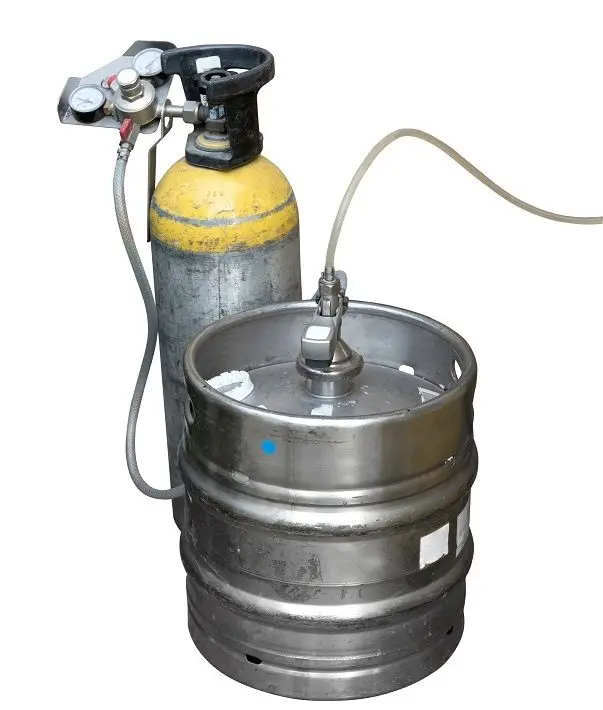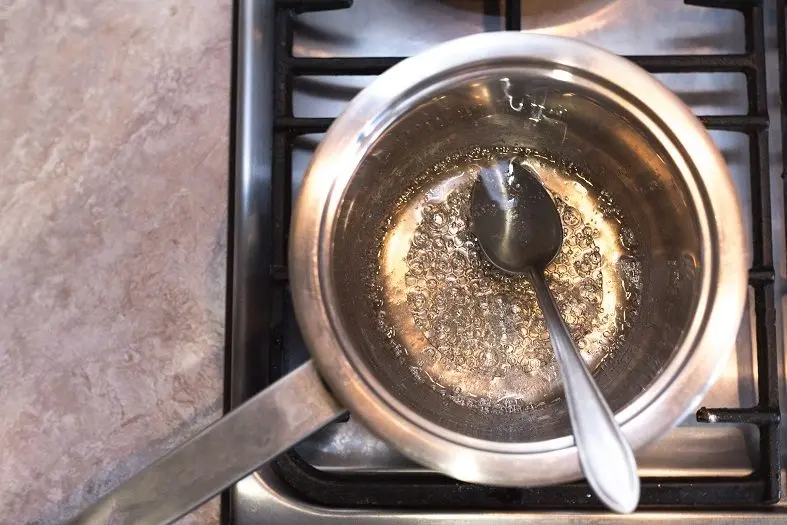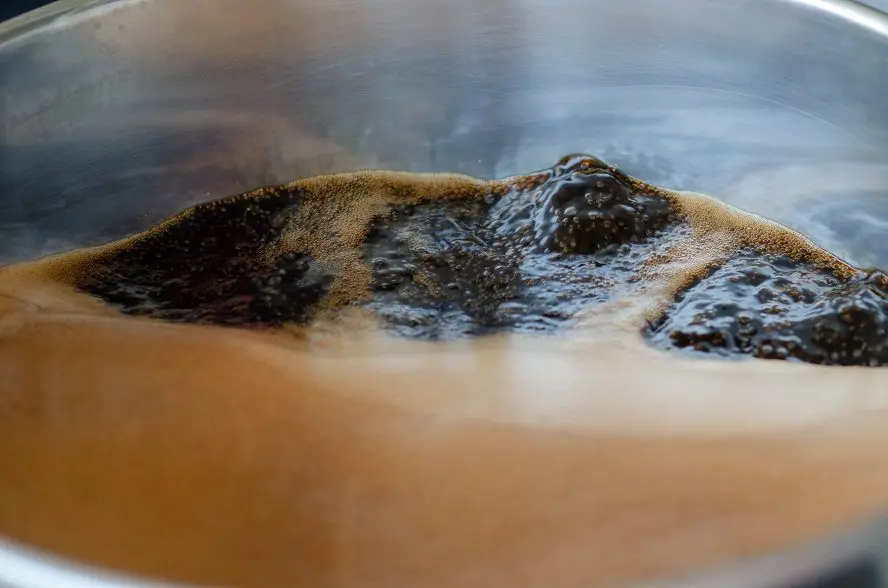The characteristic cotton when opening the bottle and a slight smoke from the neck appear due to carbon dioxide. The process of saturation of beer with carbon dioxide is called carbonization. The factories use special tanks – after-fermentation tanks, in which the beer ferments under high pressure, but this is an expensive technology. At home, the most popular way to carbonate a beer is to use a primer, a substance that contains sugars, which in turn cause re-fermentation.
You can visually determine the degree of carbonization of beer by the number of bubbles in a glass with a freshly poured drink: the more bubbles, and they rise more rapidly from the bottom up, the more carbon dioxide is saturated with beer. The second proxy is head height, but head is more affected by malt and mash quality than by carbonation.
It is possible to artificially carbonate home-brewed beer with a bottle of carbon dioxide (forced carbonation). This requires special equipment: kegs, fittings, the cylinder itself and the gearbox. Also, periodically the installation will have to be filled with carbon dioxide.

Advantages of the method: the beer is transparent and without yeast sediment, and kegs are easier to transport over long distances. Disadvantages – equipment for gassing is expensive and requires proper use, after bottling beer from kegs into bottles, the shelf life is a maximum of a couple of weeks.
The easiest and cheapest way to carbonate home beer is to add some sugars to the fermented wort to cause a slight re-fermentation, resulting in natural carbon dioxide. The disadvantage is that a yeast sediment forms at the bottom of the bottle, which cannot be removed with improvised means.
How to make beer primer
For gassing, the brewed and fermented beer is drained from the sediment into a clean fermentation tank with one of the 5 types of primer previously added.
1. Beet sugar or honey. The most accessible way. It takes 7 grams of sugar or 5 grams of liquid honey per 1 liter of beer. A significant disadvantage of carbonation with sugar (honey) is that the beer is almost guaranteed to have a leavened flavor.

2. Fructose. It is a sugar derived from sweet fruits, not from beets. The main benefit of fructose carbonation is less kneady flavor. The correct dosage is 8 grams per 1 liter of beer.
3. Dextrose (glucose). Under two different names, one substance is hidden – dextrose is glucose in powdered form. Carbonization of beer with dextrose (requires 8 grams per 1 liter) gives even less beer (kvass) taste than sugar and fructose.

Sugar, fructose and dextrose can be poured dry directly into the bottle, but in order not to infect the beer with pathogenic microorganisms and speed up fermentation, it is better to make a syrup: mix the right amount of primer in grams with the same amount of water in milliliters, bring to a boil, boil 5-10 minutes over low heat, removing the foam. Cover the finished syrup with a lid, cool to room temperature and add to the beer.
4. Malt extract (concentrate). Sold in brewing stores, it is a saccharified and boiled wort, from which a maximum of liquid has been evaporated. It is better to use unhopped concentrate. To carbonate 1 liter of beer, 9-12 grams of extract is required (the higher the quality, the less). It is desirable to cook syrup according to standard technology (described above). Does not give foreign smells and tastes. The disadvantage is that the concentrate must be purchased separately.
5. Young must. The most correct method, usually experienced brewers, by the word “primer” means the carbonation of beer with wort, since in this case a pure taste is obtained, and the primer itself is easy to make at home.
Technology: at the last minutes of brewing (after adding aromatic hops), 10% of the wort is poured into a clean, sterilized container, for example, a jar, hermetically sealed and left in the refrigerator. After the beer has fermented, the wort is added for carbonation and mixed.

Beer with a primer is closed with a water seal for 30 minutes to activate fermentation, after which the drink is bottled, corked and transferred to maturation. The remaining brewer’s yeast in the wort will cause re-fermentation, which will saturate the drink with carbon dioxide. The beer carbonation time depends on the recipe and the degree of carbonation desired, usually 14-35 days.









